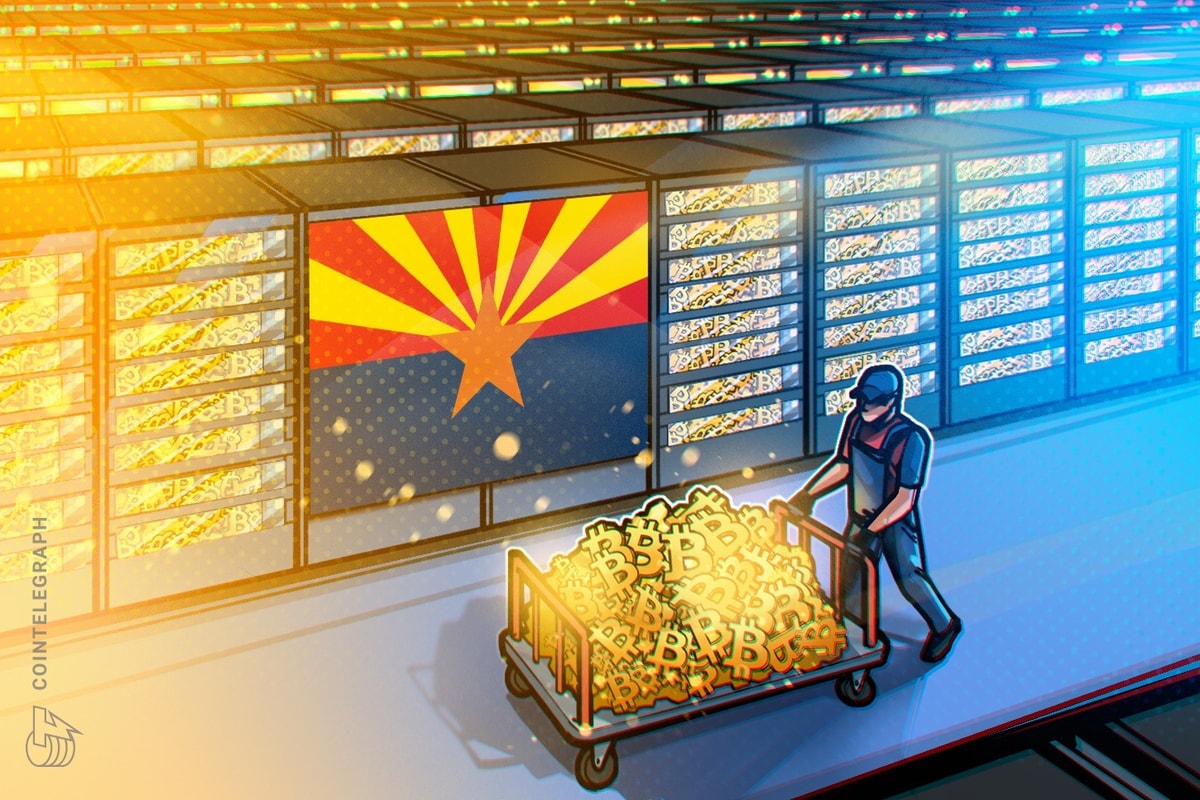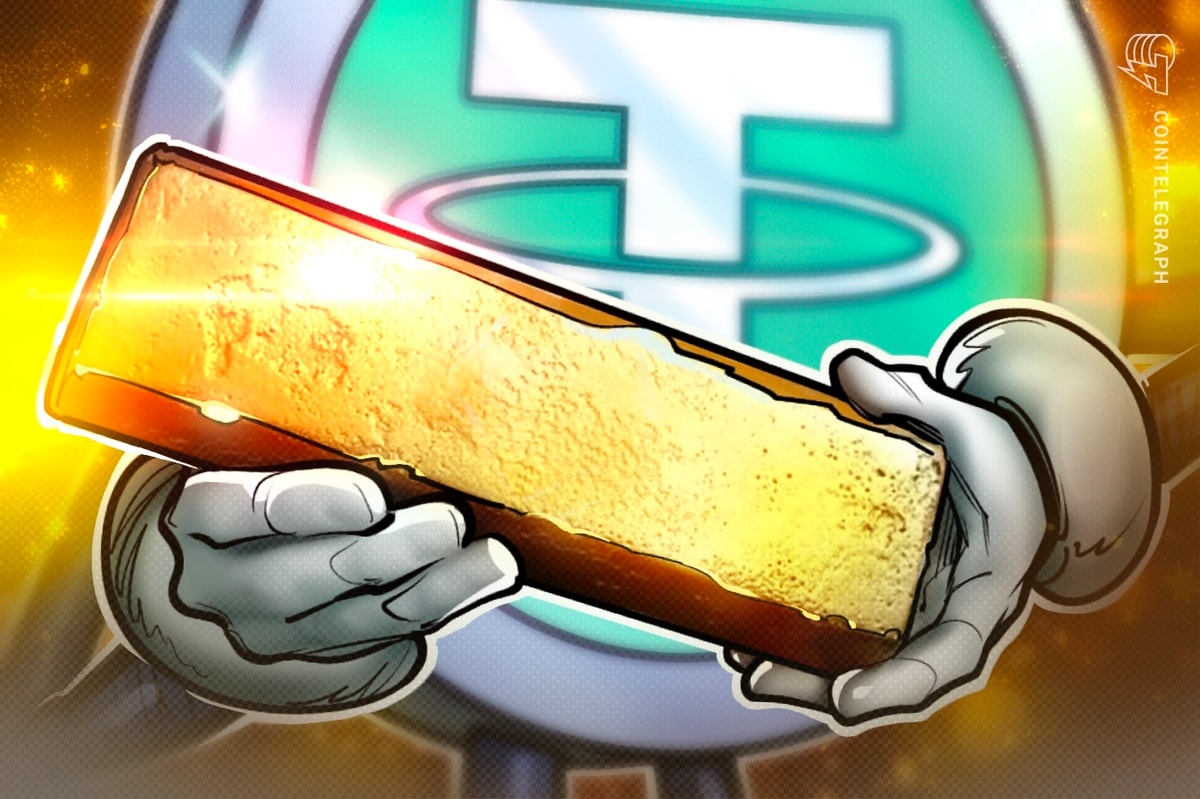
Nearly every block of transactions on the Bitcoin network has been full for the past couple of weeks, and miners are reaping the benefits of users having to bid for the right to have their transactions confirmed on the blockchain in a timely manner.
Although Bitcoin was often promoted due to its extremely low transaction fees of a couple of pennies or less, the one-megabyte hard cap on the number of transactions that can be processed by the network has forced users to pay $0.50 or more per transaction in recent weeks.
Because users are willing to bid against each other for block space, bitcoin-denominated miner transaction fee revenue has increased fivefold over the past year. However, it’s also unclear what effect congestion has on the market price of bitcoin, which directly impacts the value of the miners’ block reward.
Finding a direct connection between network congestion and price is not a straightforward task, so it’s not entirely clear whether miners are profiting directly from the lack of Segregated Witness (SegWit) activation or a hard-forking increase in the block size limit. In general, the bitcoin price is also up around 300 percent since this time last year.
The Numbers Behind Transaction Fees
According to BitInfoCharts, Bitcoin miners were taking in 10 to 15 bitcoins per day from transaction fees for all of 2014 and half of 2015. An increase in fees started around the time Bitcoin’s scaling debate spilled out of the technical forums and into the media in the summer of 2015. Bitcoin miners were collecting around 30 bitcoins per day in fees by the end of 2015 — a doubling of the previous norm.
Keep in mind, these transaction fees are collected in addition to the block subsidy, which was halved from 25 bitcoins per block to 12.5 bitcoins per block in the summer of 2016. The block reward is the combination of the block subsidy and the transaction fees.

Fees really started to take off in the summer of 2016, when the fees collected by miners per day amounted to 50 to 60 bitcoins. Since then, miner transaction fee revenue has seen meteoric growth to 250 bitcoins per day. As the chart provided by Blockchair.com shows, this is due to the fact that demand for block space has increased.
Miners now collect 1,800 bitcoins per day via the block subsidy and 250 bitcoins per day via transaction fees. This means the total reward is roughly 2,050 bitcoins, of which roughly 12 percent is made up of transaction fees.
Another way of looking at this is that 12 percent of the bitcoin-denominated miner revenue lost due to last summer’s block reward halving has been brought back via transaction fees. Of course, in U.S. dollar terms, bitcoin’s rise in price has more than made up for the revenue lost from the block reward halving.
Scaling Debate Not Affecting Bitcoin Miners
Many Bitcoin hashers — the miners that provide their hash power to mining pools — were initially missing out on the increased transaction fee revenue. This was because mining pools were not sharing the transaction fees with their hashers. Since transaction fees are now around 12 percent of the overall block reward, competition has forced mining pools to share this transaction fee revenue with hashers.
Many mining pools, even those that routinely complain about the lack of a hard-forking increase to the block size limit, are now pushing marketing campaigns built around this new, growing source of revenue for hashers.
While some users are complaining about higher fees or the fact that they are unable to get a transaction confirmed in a timely manner, miners are earning increased revenue. Although fees have risen quite dramatically from where they were a year or two ago, it’s unclear how much effect this has on the digital gold use case, which some believe provides the largest amount of support for the bitcoin price — and therefore keeps miners happy, too.
The Future of Bitcoin Transaction Fees
What will happen with transaction fees over the near term remains unclear.
If adopted, Segregated Witness may offer some relief in terms of an effective doubling of the availability of block space. But some argue that cheaper fees would not last that long due to the possibility of blocks quickly becoming full again (at least partially due to the cheaper fees that come with excess block space) and demand for block space continuing to rise.
The same line of thinking applies to a possible hard-forking increase to the block size limit by way of Bitcoin Unlimited or the newly promoted ideas behind BitcoinEC, although it’s less clear if these these particular proposals have the support of the Bitcoin economy.
Recently, China-based Bitcoin miner Chandler Guoindicated that no one wants to rock the boat while the bitcoin price is still at historical highs. It’s possible that changes in the supply of block space may not be made until stakeholders’ pockets start hurting.
Civic CEO and Gyft Co-Founder Vinny Lingham shared similar thoughts on the most recent episode of This Week in Bitcoin. “It’s kind of a weird situation because the current high price is really increasing the fees, but that’s also stopping SegWit because you basically have a situation where the miners are making so much in fees that they don’t want to put SegWit in because it will take away their fees,” said Lingham. “Now, if the price was at $200, SegWit would be a no-brainer because they wouldn’t be making any money in fees anyway.”
The demand for block space may change if layer-two solutions, such as the lightning network and TumbleBit, rise in popularity. Additionally, miners may eventually have more avenues for earning transaction fees through the use of sidechains.
The economics behind changes in the supply of block space require further evaluation. While more block space should lead to lower transaction fees (all things being equal), the specific points at which changes in the supply of block space lead to higher or lower U.S.-dollar-denominated revenues for miners remain unclear.
Featured image via Blockchair.com.








